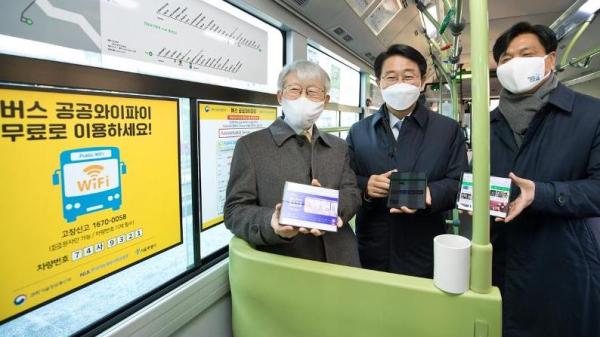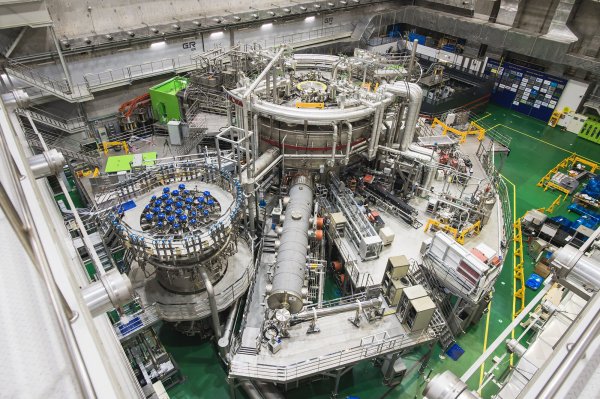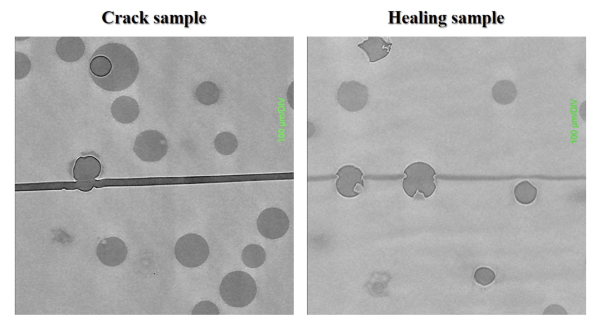The Korea Superconducting Tokamak Advanced Research (KSTAR) magnetic fusion reactor claimed a new record last month — containing hydrogen plasma at 100 megakelvins for 20 seconds. For reference, the core temperature of the Earth’s Sun is a mere 15 megakelvins, although to be fair, it has been in operation quite a bit longer than 20 seconds.
South Korea is a member of the International Thermonuclear Experimental Reactor (ITER) team, a worldwide project researching the science and engineering of nuclear fusion. One of their contributions to the effort is the KSTAR facility, located in the city of Daejeon in the middle of the country (about 150 km south of Seoul).
It is a tokamak-style fusion research reactor using superconducting magnets to generate a magnetic flux density of 3.5 teslas and a plasma current of 2 megaamperes. These conditions are used to confine and maintain the plasma in what’s called the high-confinement mode, the conditions currently favored for fusion reactor designs. Since it went into operation in 2008, it has been creating increasingly longer and hotter “pulses” of plasma.
For all the impressive numbers, the toroidal reactor itself is not that huge. Its major diameter is only 3.6 meters with a minor diameter of 1 meter. What makes the facility so large is all the supporting equipment. Check out the video below — we really like the techniques they use in this virtual tour to highlight key components of the installation.
Continue reading “Twenty Seconds At 100 Megakelvins” →
















